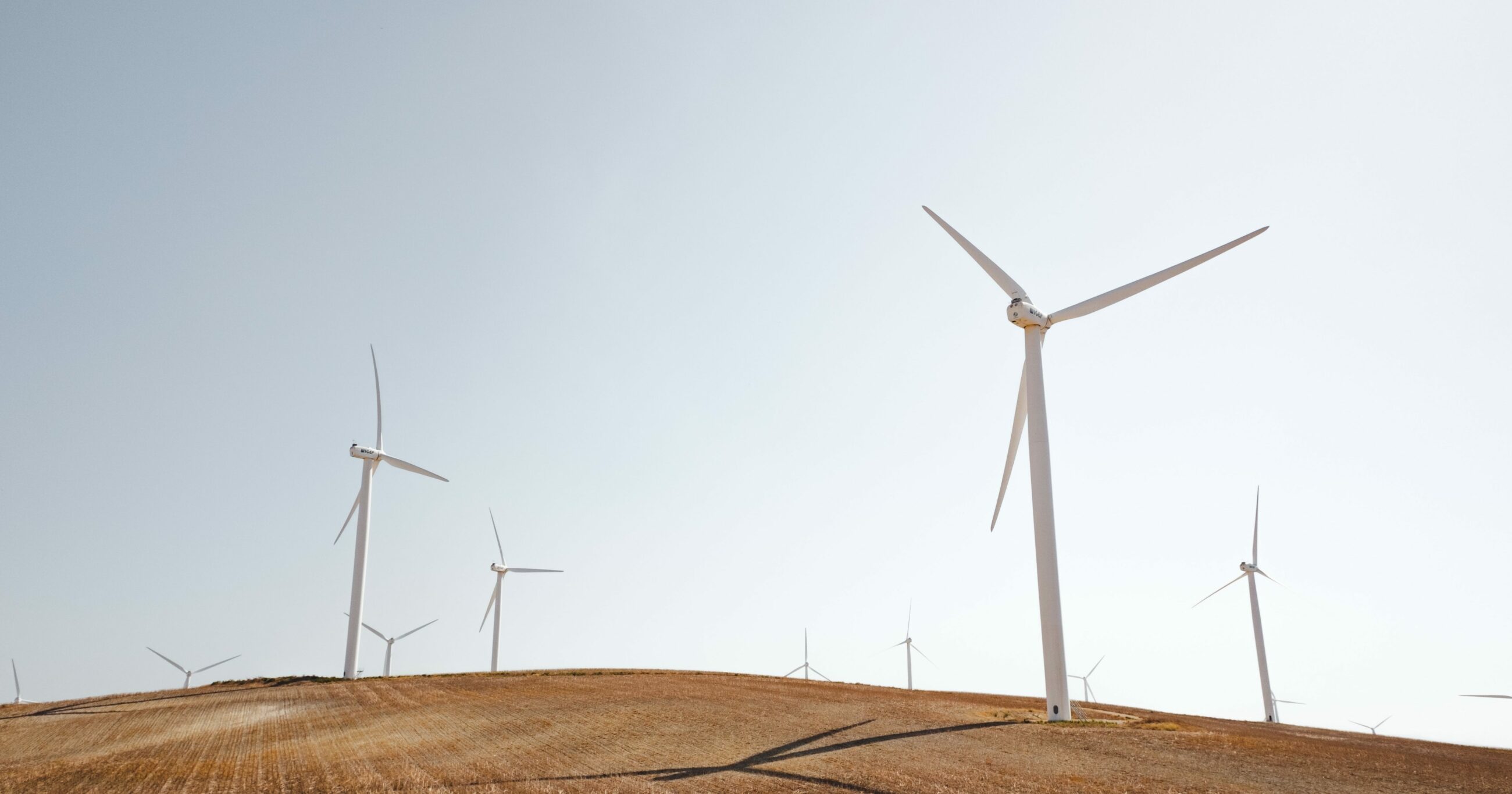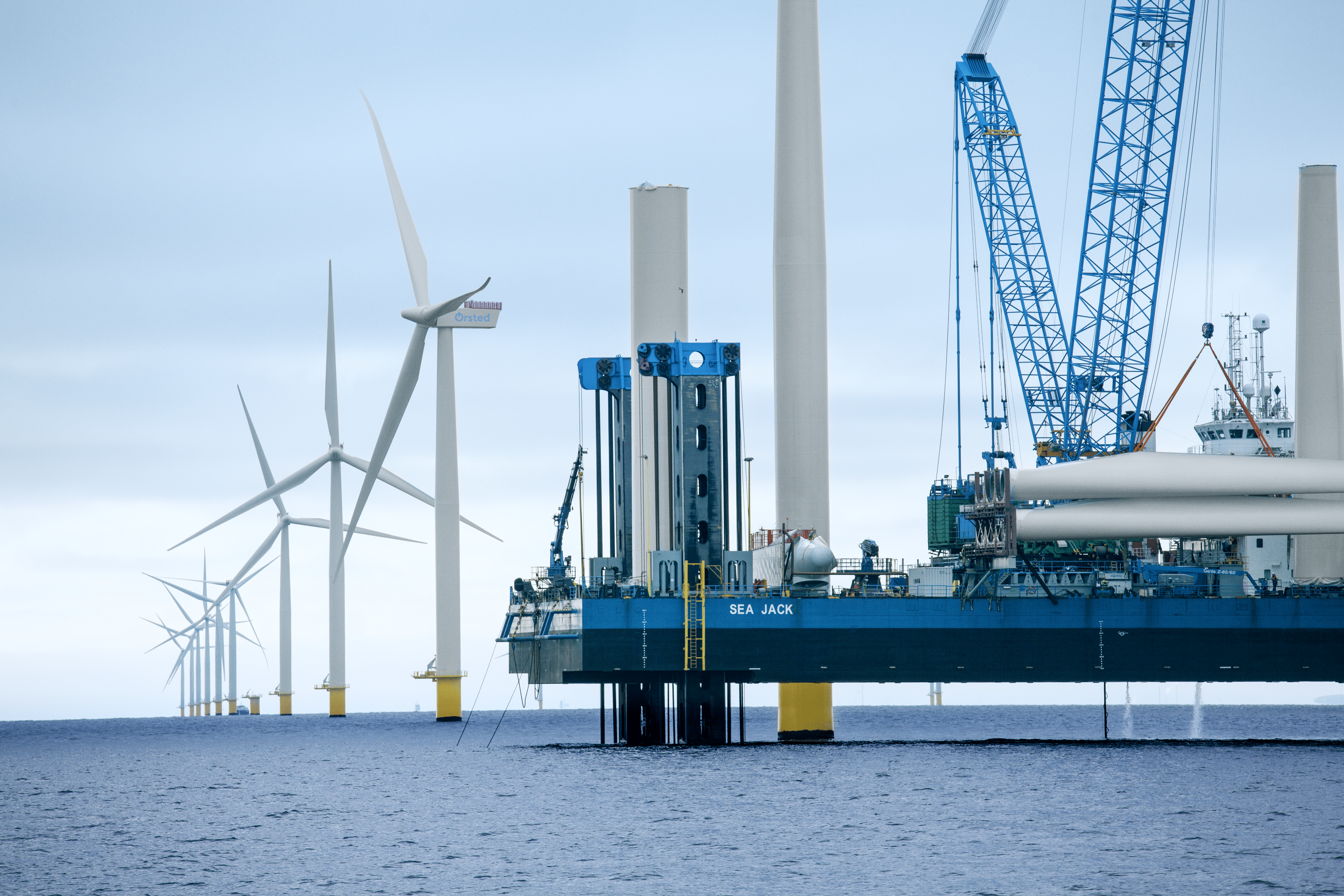News
Offshore wind
Onshore wind
Wind energy
+3
Europe could power entire world with wind by 2050


A 100 per cent renewable energy grid is possible in Europe by 2050. That is the estimation of a new study by an international team of researchers.
The study concludes that 4.9 million km2 of land, equivalent to almost half of Europe’s land mass, is suitable for wind turbines. Using this land and building 11 million additional wind turbines would add 138,056 TWh, which incidentally exceeds the whole world's projected consumption of 119,445 TWh in 2050, the report points out.
“Our study suggests that the horizon is bright for the onshore wind sector and that European aspirations for a 100 per cent renewable energy grid are within our collective grasp technologically. Obviously, we are not saying that we should install turbines in all the identified sites but the study does show the huge wind power potential right across Europe,” said co-author Benjamin Sovacool, Professor of Energy Policy at the University of Sussex to British news media The Independent.
-Related solution: Wind farm retrofitted with a new control system for the first time in Denmark
Need of drastic increase in wind power
To reach the target of the several millions of wind turbines would mean ramping up onshore wind power production by a factor of more than 100.
“Critics will no doubt argue that the naturally intermittent supply of wind makes onshore wind energy unsuitable to meet the global demand. But even without accounting for developments in wind turbine technology in the upcoming decades, onshore wind power is the cheapest mature source of renewable energy, and utilising the different wind regions in Europe is the key to meet the demand for a 100 per cent renewable and fully decarbonised energy system,” said Peter Enevoldsen, assistant professor in energy technology at Aarhus University to The Independent.
-Related solution: Finding your cheapest way to a low carbon future
Tool for planning onshore wind
Not only does the study find that the European onshore wind potential is larger than previously estimated, it also maps out is a tool for countries to plan their onshore wind resource development more efficiently. This eases the way for commitments on renewable energy.
“The study is not a blueprint for development but a guide for policymakers, indicating the potential of how much more can be done and where the prime opportunities exist,” said Benjamin Sovacool, Professor of Energy Policy at the University of Sussex.
The researchers analysed data from the European Copernicus satellite programme and wind speed atlases to map the potential for wind power. In addition, they used data from Geographical Information System to map out where wind farms are not suitable due to roads and restricted access for military or political reasons.
Large parts of Western Europe are ripe for onshore farms because they have good wind speeds and flat land. Researchers say Turkey, Russia and Norway also have huge potential for future wind power density.
Photo credit: Luca Bravo
Sources:















